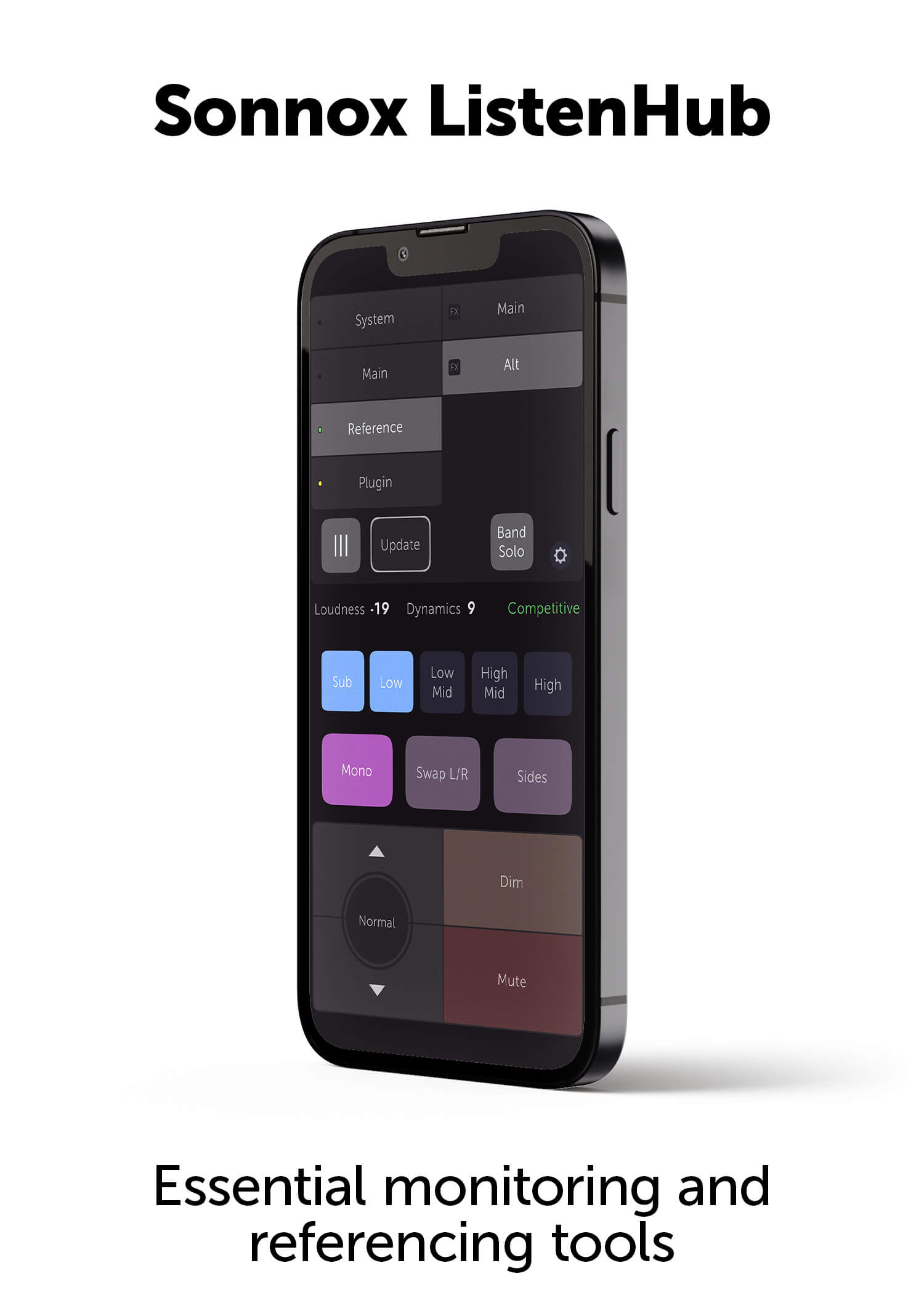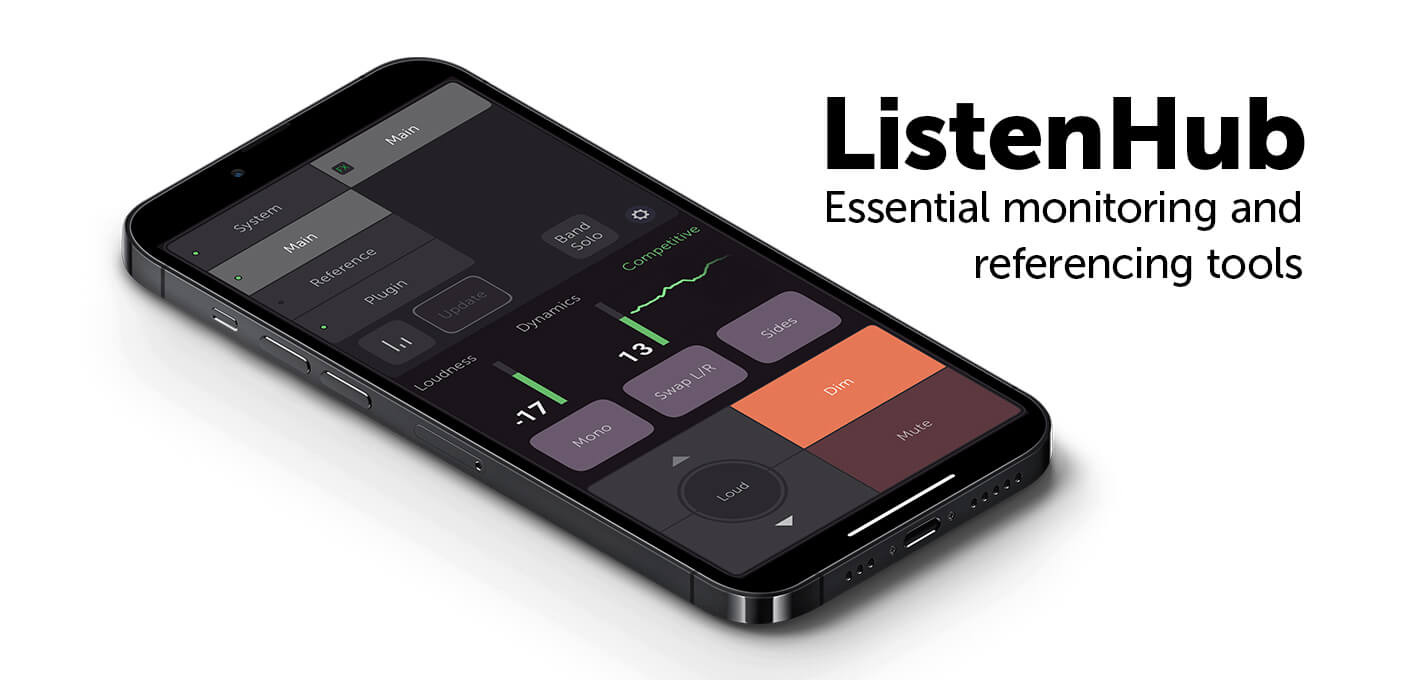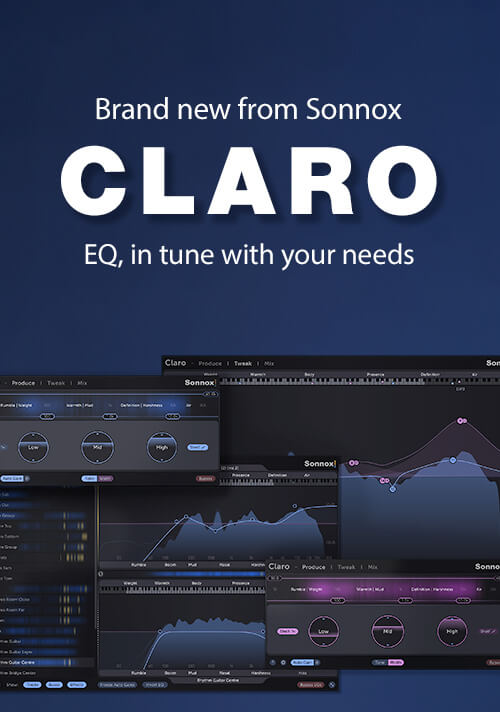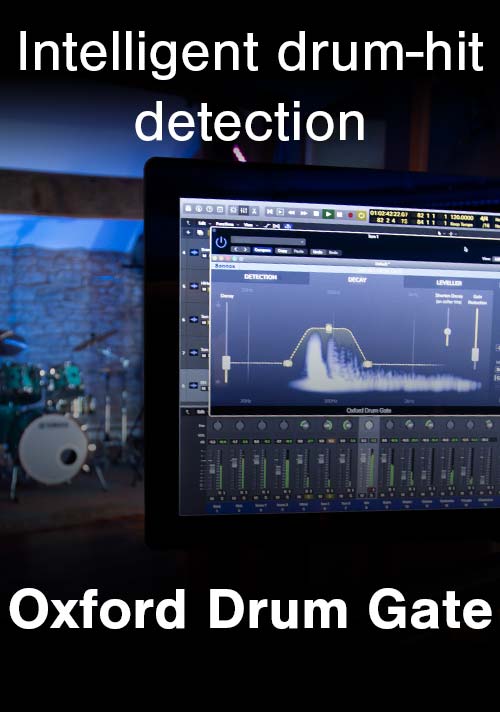Hector Castillo
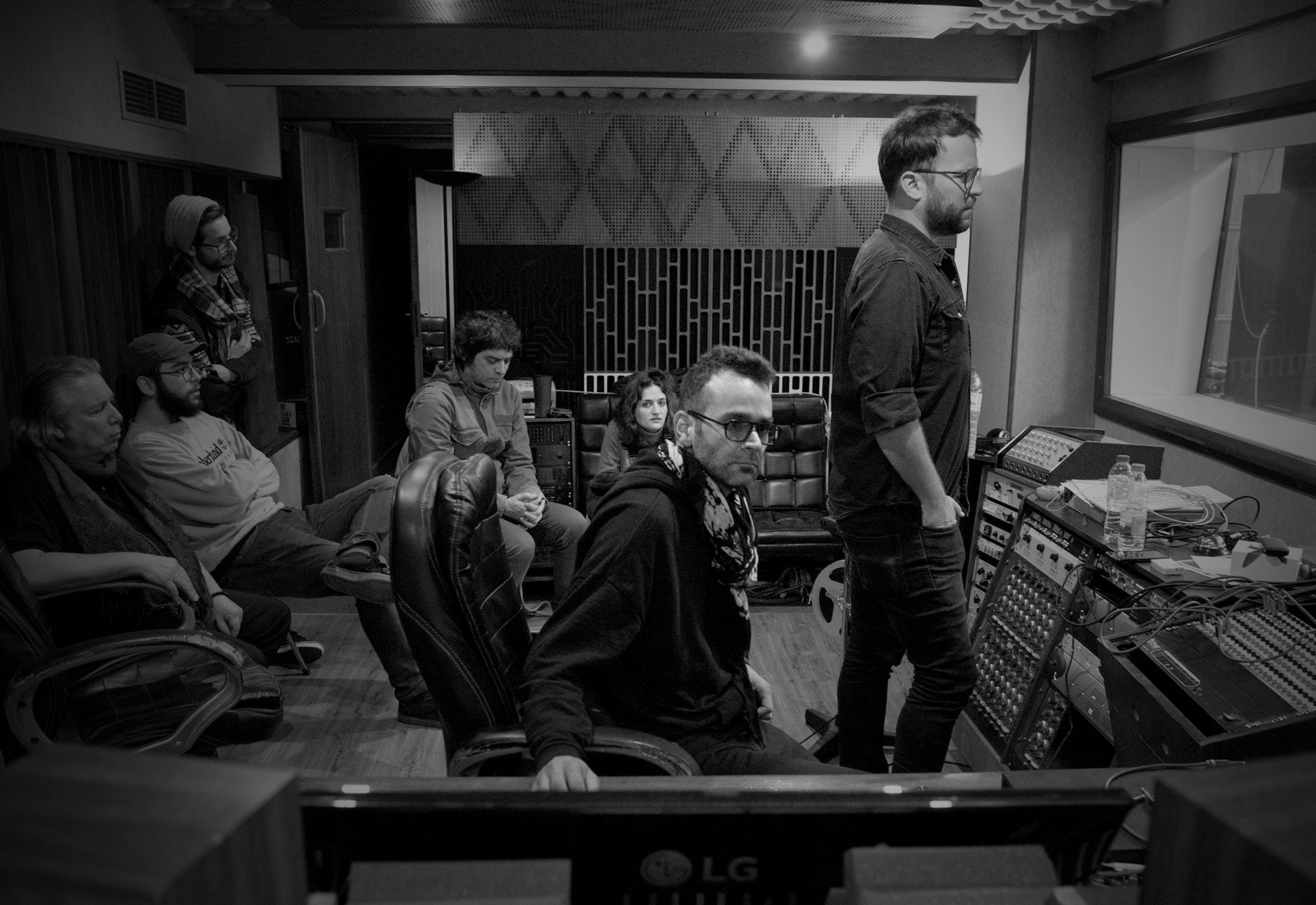
Grammy® Award winning producer, mixer and engineer Hector Castillo was born in Venezuela and spent most of his childhood in Boston before moving to Brooklyn in 1995. He’s called New York City his home ever since and keeps a studio there as an anchor while he travels to work on cutting-edge music from around the globe. Seemingly specializing in music that defies classification, his credits range from Philip Glass and Nico Muhly to further afield artists such as Brazilian Girls, Re-Tros and Los Fabulosos Cadillacs. He’s also applied his considerable skills to the work of David Bowie, Gustavo Cerati and Lou Reed.
It’s easy to see why artists choose Hector Castillo to work with on their music. He’s insightful yet exceedingly humble (he has 2 out of his 6+ Grammys casually resting on the floor). He also has that most important yet too often under-mentioned skill of the mixer in abundance - the ability to access and cast sufficient light on the emotional core of the music he works on. We caught up with Hector at his studio in Brooklyn to learn more about his story, his wide-ranging craft and how Sonnox Plugins form the heart of his process.
Tell us about your first audio engineering gig in New York City
I got my start at composer Philip Glass’s Looking Glass Studio in SoHo. There were a lot of orchestral sessions, so there would be a variety of musicians coming in and out daily. There was a ton of stuff to be done, plenty of scores to copy. From there I worked my way up the ranks from assistant to chief engineer and eventually took over the B room which at the time had one of the biggest Pro Tools rigs in New York.
I got the opportunity to work with Phillip on a lot of great projects and film scores. One of my favorite as a producer was Phillip Glass’s “REWORK_” an album of Glass classics with an electronic twist featuring artistic interpretations and remixes by Beck, Amon Tobin, Cornelius and many more.
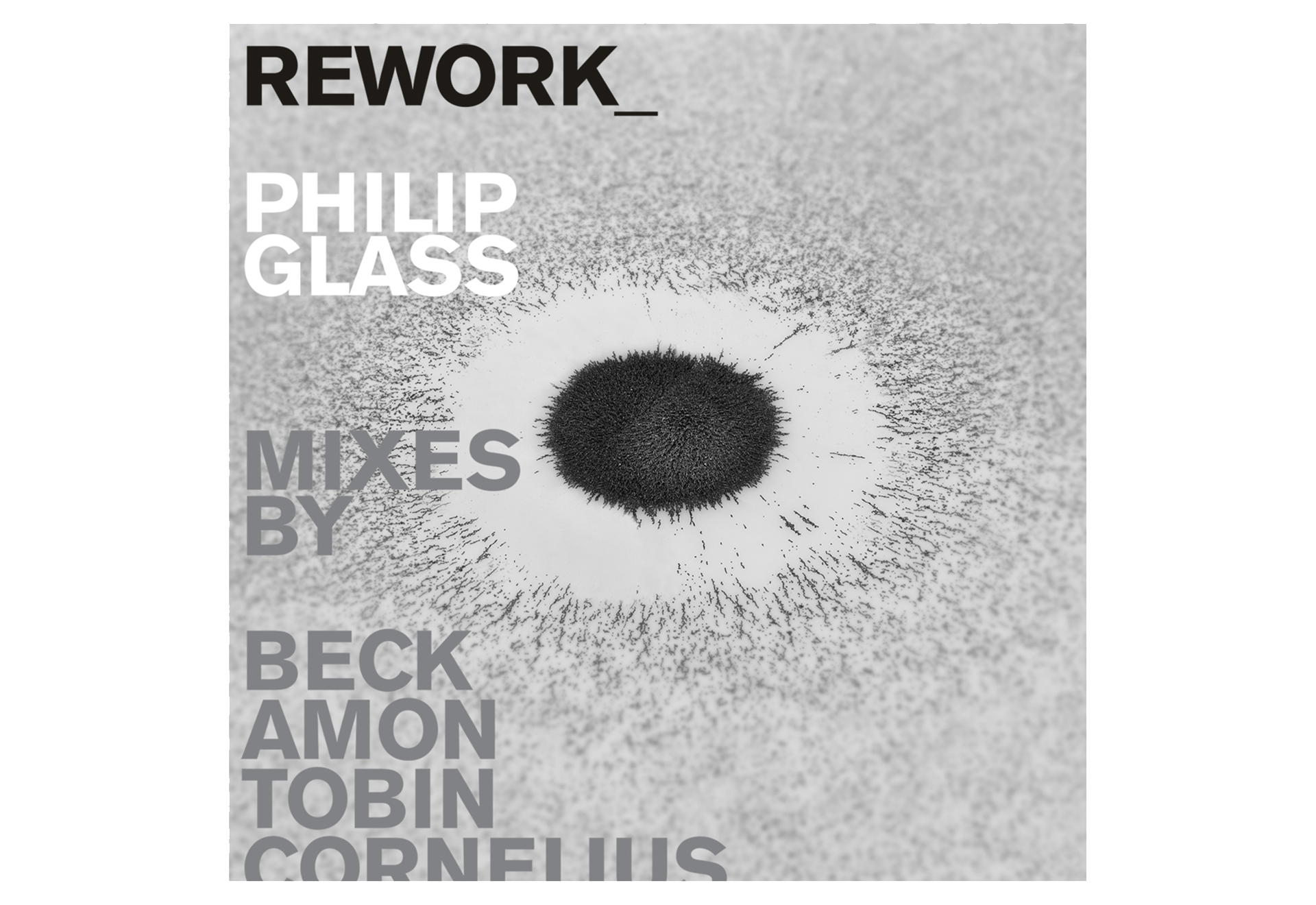
After a few years, I got the bug to work on my own sound and rough things up a bit. I’d experienced the avant-garde classical scene and was ready to take on a new challenge and work with indie bands. I crossed the East River to work at Rubber Tracks studio as an engineer before setting up my own studio.
Walk us through your work flow
I still love all my gear but as of lately I mix entirely in-the-box. The world of software is fascinating to me, I find it so creative and inspiring. It has really come along way. I use Sonnox Plugins all the time. They are my meat and potato tools. The interfaces are straightforward, and I love that.
What’s a Sonnox mixing tip you can give our readers?
I’ve been mixing an album for a Chilean folk band named Gepe. All of the instruments were recorded live in the same room including an upright bass. When the band gets loud there is a lot of bleed and the upright bass loses its attack specifically in the finger sounds. It’s a classic dilemma when recording a live band. But using the Oxford Envolution I can bring that tone back and control the sound of the room. The upright bass doesn’t have a lot of sustain so I increase the attack and that lowers the sound of the room.
What’s really useful is the Mix Knob because I can exaggerate the setting. And the other really cool thing is the Focus. Without the Focus control, it wouldn’t be as effective. I like to look for a frequency and see where it really reacts, like 400 kHz, and then I give it attack and then I take the sustain down and put a little hold on it. So, it doesn’t kill the note and just fade out; it takes the room noise down. It saves the part and gives it warmth. This Plug-In is amazing and I always find really cool things to do with it. When people send me stuff recorded in a really small room I can make big splashy room sounds with it!
Why do you use the Sonnox Envolution?
I’m always finding interesting ways of dealing with the transients. I have the original SPL unit, but I would rather use the Oxford Envolution because with the SPL, I can’t find the frequency where it reacts the best. In the case with the upright bass where there’s all the percussion in the room at the same time, a normal transient designer wouldn’t see all that information but with Envolution I can just focus on in – in this case it’s 400 kHz and then it’s just working with the bass.
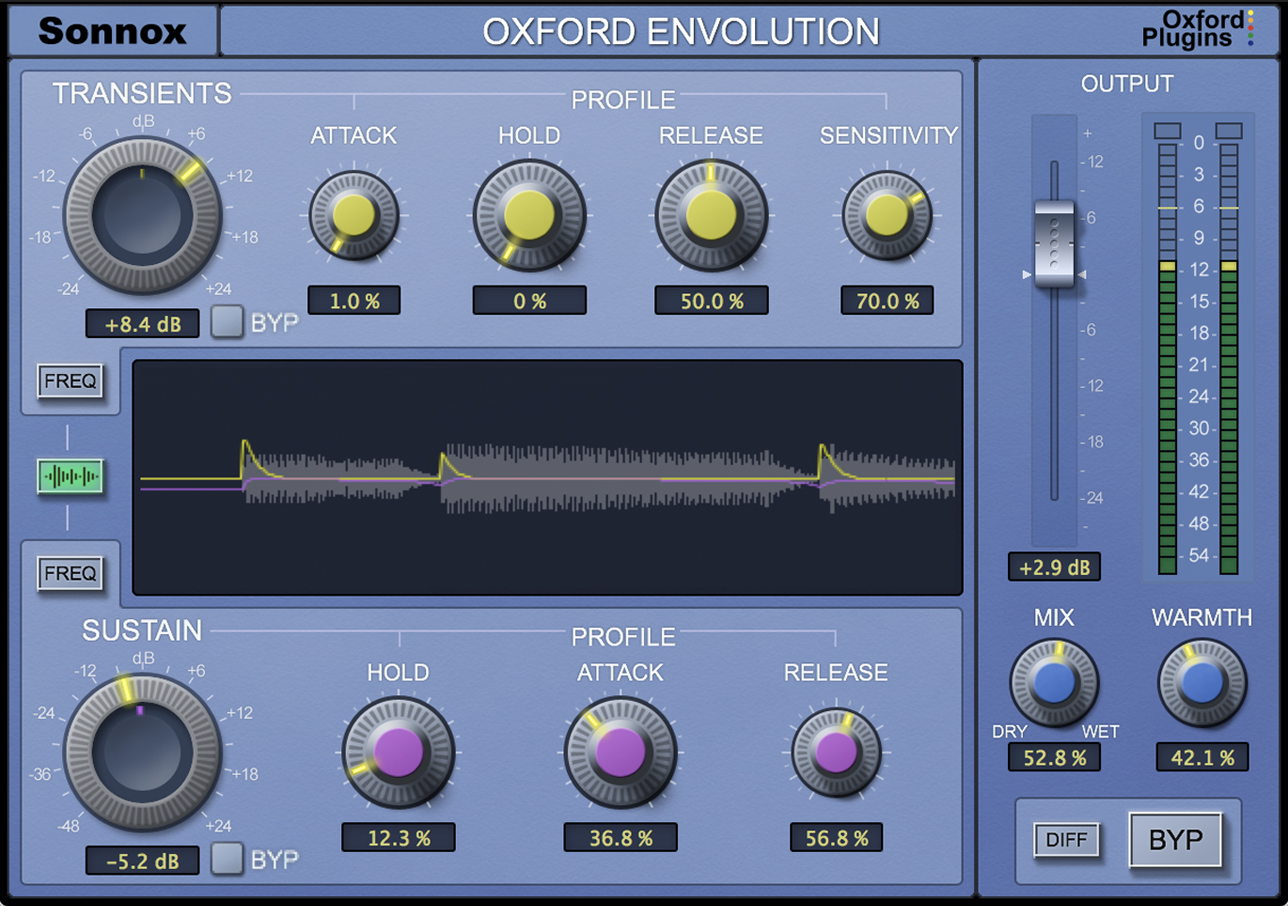
How did you use a Sonnox Plugin in a unique way?
I did an album recently that was a lot of fun it was Natalia Lafourcade’s Musas, it’s already won a few Latin Grammy’s® including Best Folk Album. The album was recorded in a house-turned-studio far outside of Mexico City, a relaxed atmosphere where over the course of three weeks we recorded over 20 songs live — 2 albums worth of music.
In this situation, the Oxford EQ was my go-to. The band was recorded in a beautiful-sounding room, so I didn’t use much compression at all and only used the Oxford EQ because it was so clean and transparent and allowed me to filter minor things out of the way. It was super useful.
The recording setup in their bohemian paradise was minimal, without fancy preamps and outboard EQs. However, the combination of the UAD Apollo Interface and the Oxford EQ was all I needed. I used it mostly on the UAD platform. Because the studio set up had Apollos; I used the Oxford EQ directly in the recording stage, latency-free.

What is your Sonnox secret weapon?
The Oxford Inflator. I don’t know what it does but it’s amazing. When I start to mix I usually start at 50 percent, but you can put it all the way up and it still sounds natural. It’s just a really good fattener. It makes everything stand out.
I used it on the soundtrack I scored for Le reina del miedo (“The Queen of Fear”), which won World Cinema Dramatic at Sundance it was a game changer using it on all of the stems.
What do you look for when taking on a project?
The most important thing for me always is to have some kind of challenge. I find it rewarding when I work on stuff that, at first listen, may not be aligned with my tastes. It makes me work harder. Especially mixing, when I get tracks and I think ‘oh, this isn't recorded that well or this arrangement isn't very clear’, it makes me kick into overdrive.
When nothing is precious to me, I’m not afraid to mangle, mute or even add stuff and that’s when some of my best mixes happen. It’s what I call transformative mixes. Whereas, on the other hand, when I get stuff where the recording quality and performances are amazing, and the style is right up my alley... I don’t take as many risks. I want to be respectful of what was done – which is important; but it means I also might be less creative.
If I’m producing I’m not afraid of sacrificing a good sound for an amazing performance because that’s what you fall in love with. If the performance is great then you fall in love with the sound anyway. It’s the emotional stuff that really draws us in, that’s what I’m always trying to get.
What’s next for you?
I’m off to produce MTV Unplugged South America in Brazil and Argentina!
Interview and editorial by Jackie Smiley
